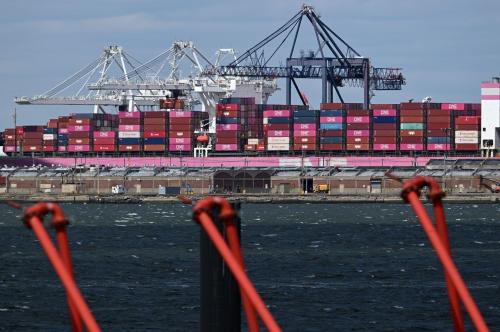The Brookings Institution is committed to quality, independence, and impact.
We are supported by a diverse array of funders. In line with our values and policies, each Brookings publication represents the sole views of its author(s).

Research
BPEA | 1994 No. 1
1994, No. 1
DURING THE PAST 15 years, the U.S. economy has become increasingly integrated with the rest of the world. Among other trends, imports and exports have risen significantly as a percentage of U.S. gross domestic product. Many manufacturing sectors have shrunk in the face of stiff international competition; others have grown in response to strong international demands for U.S. exports. One of the notable features of this internationalization is the growing importance of trade with the developing countries. In 1978, developing countries accounted for 29.0 percent of U.S. manufactured goods imports. By 1990, that ratio had risen to 36.4 percent. Seven countries in East Asia (China, Hong Kong, Korea, Malaysia, Singapore, Taiwan, and Thailand), together with Brazil and Mexico, accounted for 79 percent of the increase in U.S. trade with all developing countries between 1978 and 1990.